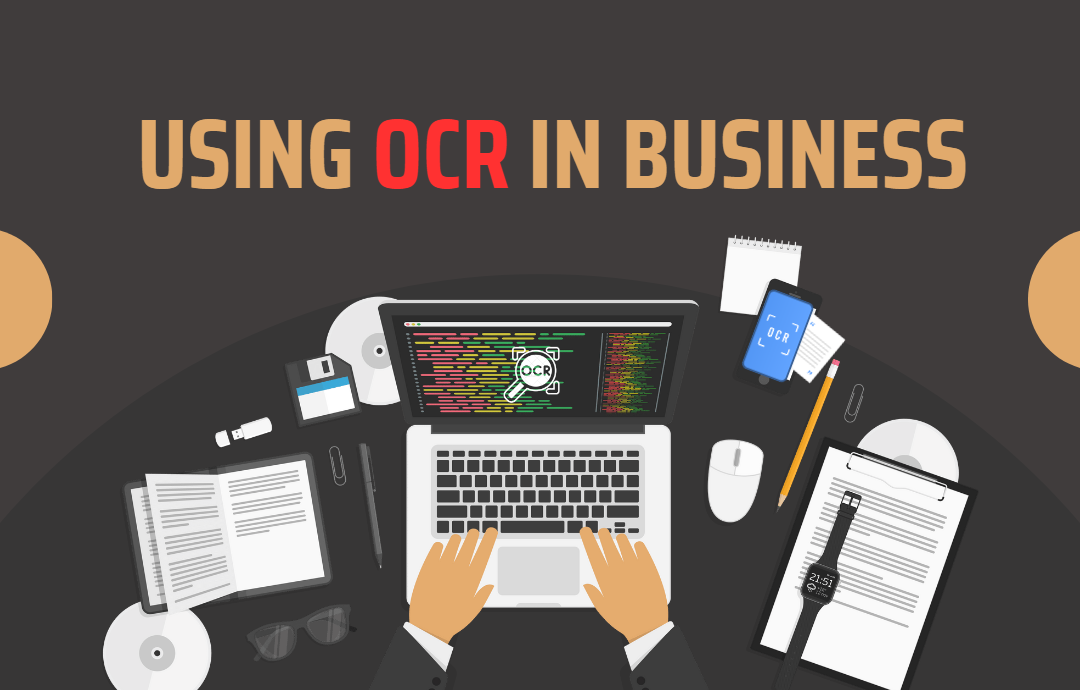
This transformation is pivotal for businesses aiming to streamline their operations, improve accuracy, and reduce manual labor. This article explores how OCR is digitizing the business landscape, its applications, benefits, and the future potential it holds.
Enhancing Document Management

One of the primary ways OCR is transforming businesses is through enhanced document management. Companies often deal with an overwhelming amount of paperwork, from invoices and contracts to receipts and reports. Managing these documents manually is not only time-consuming but also prone to errors.
OCR technology automates the extraction of data from these documents, allowing for quick and accurate digitization. This process facilitates easy storage, retrieval, and sharing of information, significantly improving efficiency.
Streamlining Data Entry
Manual data entry is a tedious and error-prone task that consumes a significant amount of time and resources. OCR technology alleviates this burden by automating the data entry process. For instance, when processing forms or surveys, OCR can quickly scan and convert handwritten or printed text into digital data. This automation not only speeds up the process but also ensures higher accuracy by minimizing human errors.
Moreover, integrating OCR with other business systems, such as Customer Relationship Management (CRM) or Enterprise Resource Planning (ERP) software, allows for seamless data transfer, enhancing overall business efficiency.
Facilitating Financial Operations
In the financial sector, accuracy and efficiency are paramount. OCR technology plays a crucial role in streamlining various financial operations. For example, receipt OCR is a specific application that extracts information from receipts, making expense tracking and reporting more efficient. This tool is invaluable for businesses that need to manage large volumes of receipts, such as retail companies or expense management firms.
By digitizing receipts, OCR eliminates the need for manual data entry, reduces errors, and accelerates the reconciliation process. This not only saves time but also enhances financial accuracy and compliance.
Improving Customer Service
Customer service is another area where OCR is making a significant impact. Businesses strive to provide prompt and efficient service to their customers, and OCR technology aids in achieving this goal. By digitizing customer documents, such as application forms or support tickets, businesses can quickly retrieve and process information, leading to faster response times.
Additionally, OCR enables the automation of routine tasks, such as verifying customer details or processing orders, freeing up customer service representatives to focus on more complex issues. This leads to improved customer satisfaction and loyalty.
Supporting Legal and Compliance Functions

Legal and compliance departments handle vast amounts of documentation, from contracts and legal agreements to compliance reports. OCR technology simplifies the management of these documents by converting them into searchable digital formats. This capability is particularly beneficial for compliance audits, where quick access to specific information is crucial.
OCR also aids in the redaction of sensitive information, ensuring compliance with data protection regulations. By automating document management, OCR reduces the risk of non-compliance and enhances the overall efficiency of legal operations.
OCR technology is undeniably transforming the business world by digitizing various aspects of operations. From enhancing document management and streamlining data entry to facilitating financial operations and improving customer service, OCR offers numerous benefits. Its application in legal and compliance functions ensures regulatory adherence, while its role in enabling advanced analytics unlocks valuable business insights.
OCR Use Cases in Business Processes and Sections
Submitting Documents
OCR can convert paper documents to digital versions. This is especially useful in companies that store large amounts of paper documents and want to organize them.
Archiving and Indexing
In archiving and indexing documents, OCR helps convert paper documents into digital ones and automatically index the content, making it easier to search and access documents later.
Invoice Processing
In finance departments, OCR is used to automatically recognize and process invoice data, such as invoice numbers, amounts, and dates. This speeds up the payment process and helps reduce the risk of human error.
In practice, OCR can be used in any industry; in our experience, OCR is particularly effective in the following business sectors:
Financial
By supporting invoice processing and recognizing data on financial documents, OCR saves time spent on manual data rewriting into systems.
Accounting
OCR can help transform printed materials into digital form, making educational content more accessible and easy to access and find. It is worth relieving the accounting department and letting the invoices be handled by a OCR tool created for this purpose.
Telecommunications
Telecommunications companies use digital methods to manage contracts, report outages, and extend subscriptions. OCR technology can help index and store all the data and create a metadatabase.
The Use of OCR Technology in PDF
A digital/electronic document such as PDF is a field that uses various information technologies to automate business processes. Many processes in multiple areas of a company's operations use document scans at some stage (e.g. as input data). Primarily, these documents are delivered or generated in the form of PDF files, and employees need to extract specific data from them.
In such a situation, you can use an OCR-supported PDF converter, such as SwifDoo PDF, that works based on image recognition. What matters is the format in which the data is provided. If PDF files are generated as text and have a fixed structure, developers can use regular expressions to analyze them, which are used to validate text data or search for data in the text based on patterns.
However, if the document is scanned as an image, the only way to read the data is to use OCR technology.
In Conclusion
As OCR technology continues to evolve, it will undoubtedly play an even more significant role in driving business efficiency and innovation. Embracing OCR is not just a technological upgrade but a strategic move towards a more efficient and competitive business landscape.








